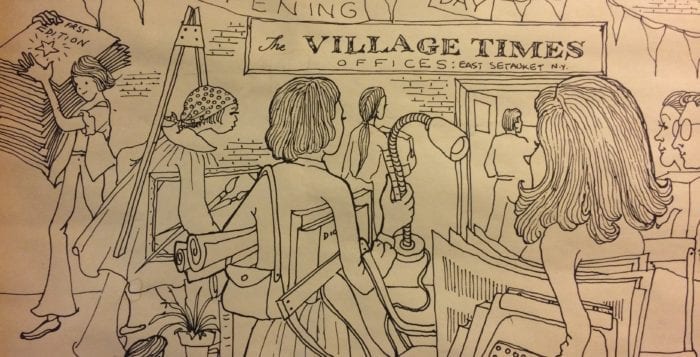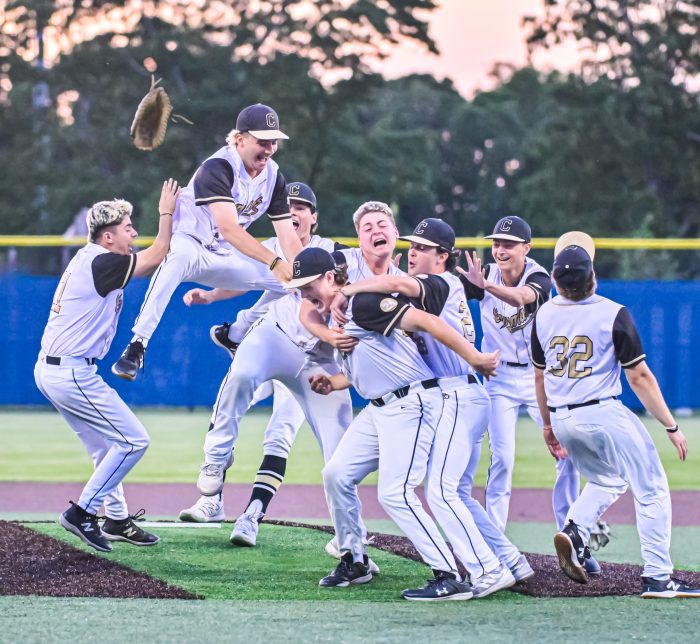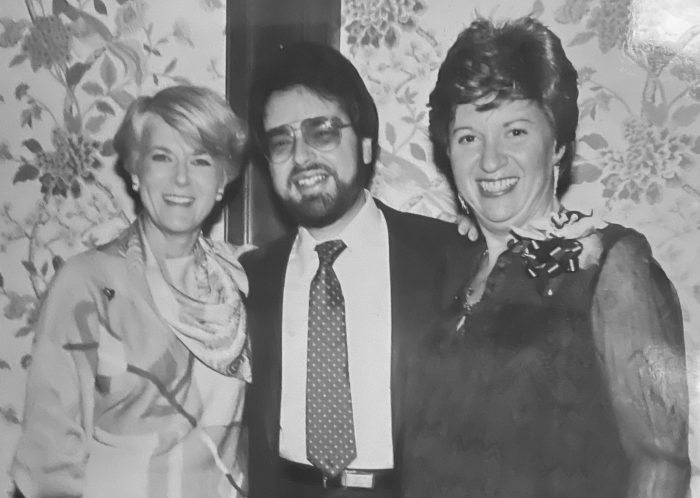By Leah S. Dunaief

Publisher
Two happy milestones have marked this week. My oldest grandson turned 30, which we celebrated in style, and The Village Times, the flagship of Times Beacon Record News Media, was started exactly 49 years ago.
First the details of the birthday bash.
It happened Sunday afternoon at the ballpark, Citi Field, the home of the Mets, or what we Old Timers used to call Shea Stadium. Now if you knew my grandson at all, you would know he is a fierce and utterly loyal fan of the Mets since his earliest years. You could gather from that bit of information, that he is mighty stubborn about his loyalties. After all, there have been many incentives to switch support to other, more winning teams, right? And who could blame him? But that is not his style. His loyalty is boundless. And of course, the Mets have gradually rewarded him for his patience.
Thus, it was no surprise that he wanted to share his special day with the Mets, and in his honor, they won the game. But I get ahead of myself.
It’s worth relating how beautiful Citi Field is, especially so for me, a die hard Yankee fan who spent many afternoons during my teens in concrete-riven Yankee Stadium.
Now admittedly, we did have a luxurious situation. The cost of a box at the park was shared. We entered from a designated parking lot, after waiting on a short line, and were guided past giant pictures of Met greats like Jerry Koosman and Tom Seaver, to a manned elevator that took us swiftly to the fourth floor.
We stepped out into a spacious hallway of patterned marble floors, paneled walls, high ceilings with recessed lighting and multiple wooden doors that led to individual suites. Overstuffed armchairs lined the walls. And you should see the bathrooms.
Staff greeted us all along the way and led us to our room, where more overstuffed seating, fruit and salad awaited us. At the far end was a sliding glass door leading out to cushioned balcony seats that accommodated most of the 18 of us as we watched the game.
Happily both suite and balcony had heaters, although the weather, while chilly, behaved nicely. The early morning rain had stopped. More ballpark food arrived throughout the afternoon, but it was hard to tear ourselves away from the balcony as the Mets won what turned out to be a pitchers’ duel, 2-1. I can hardly wait to see how we will celebrate his 40th.
As for our newspaper anniversary this past Tuesday, it came and went quietly as we enter our 50th year. We were busy putting out this week’s papers. But we will certainly whoop it up at various community events throughout the year until we reach half a century.
It’s easy to fall back on the well-used cliche, “time flies,” but it is astonishing to me and to those who were involved in the start-up, like our general manager, that we have reached almost five decades of publishing hometown news. So much has happened, so much has changed, but not the mission of the newspaper.
Our goals have always been steadfast. We strive each week to bring vetted news, information and even some fun to our readers, originally with newsprint, and now with the additional platforms of the 24/7 website, Facebook, Twitter, Instagram, YouTube and the weekly podcast, The Pressroom Afterhour, which is also on Spotify.
We promise our staffers that, if and when they leave, it will be with more skills than when they arrived because we invest in our people. And the third and last part of our mission is to support and give back to our readers and advertisers in whatever ways we can, starting with working to create a sense of community.
Frankly, we consider ourselves incredibly lucky to have survived almost 50 years, as we see hometown papers fall around us. Last week, while I was attending the New York Press Association Convention in Saratoga Springs, two more papers closed down, leaving their neighborhoods unprotected.
We continue because you support us. Thank you.














